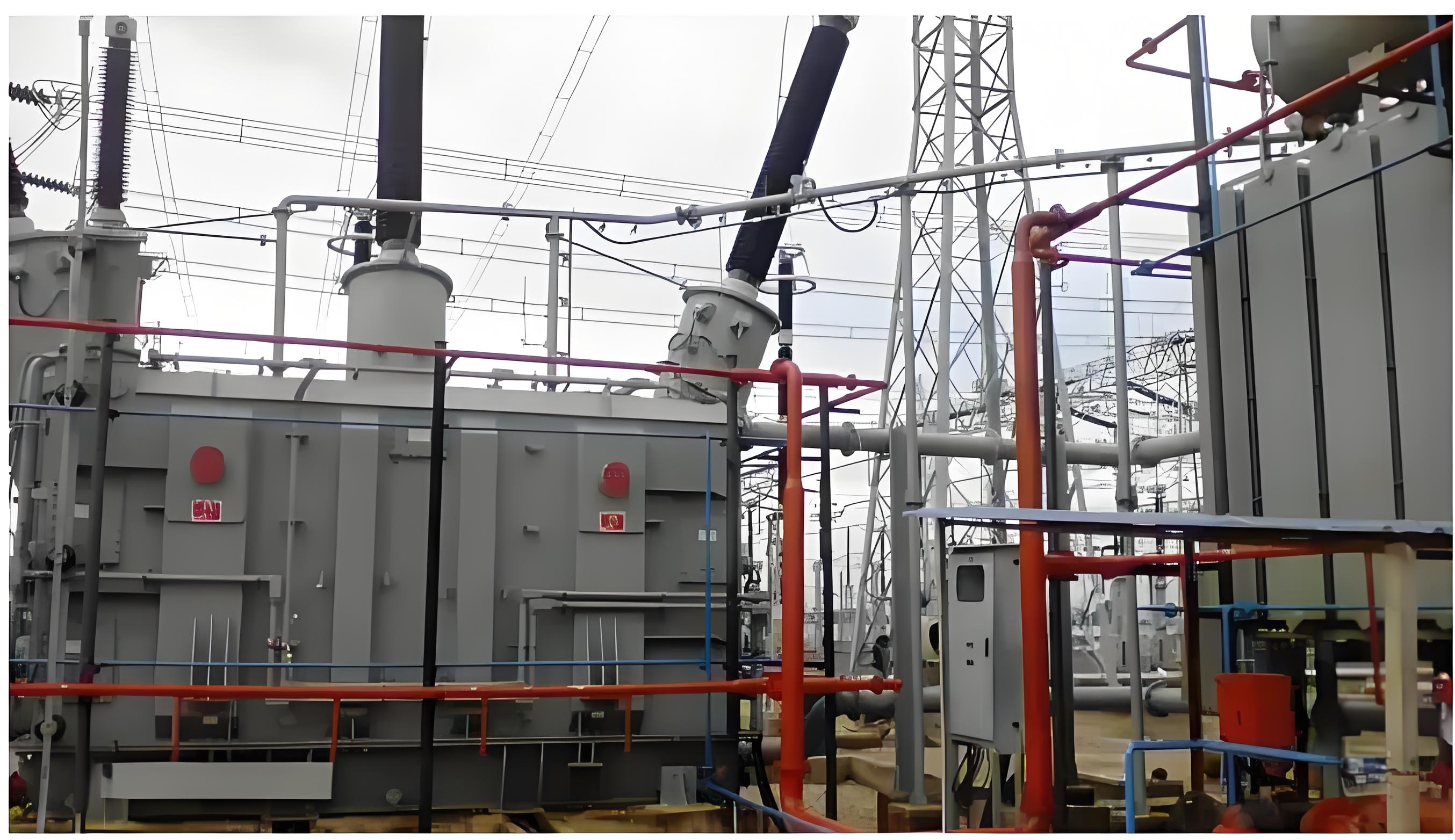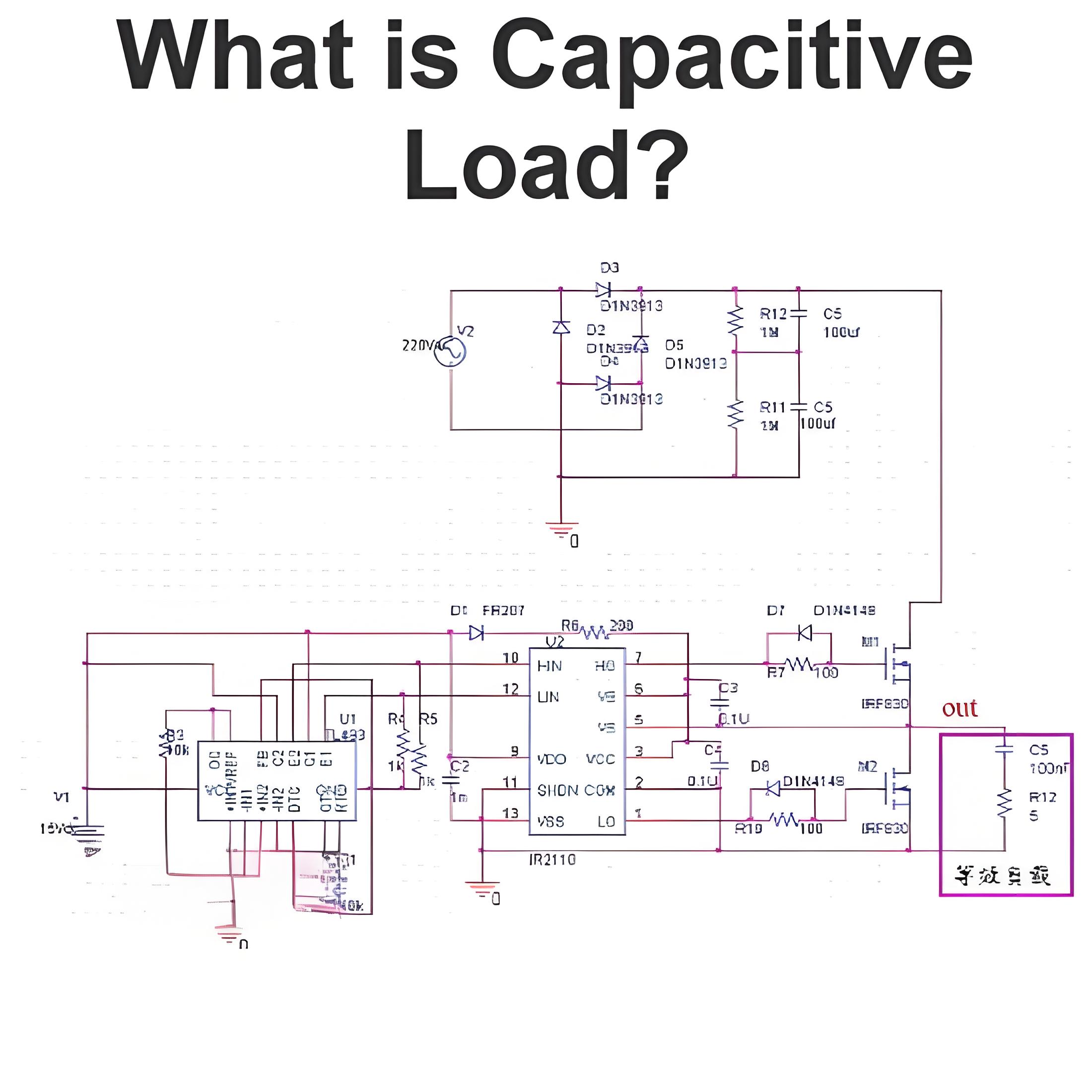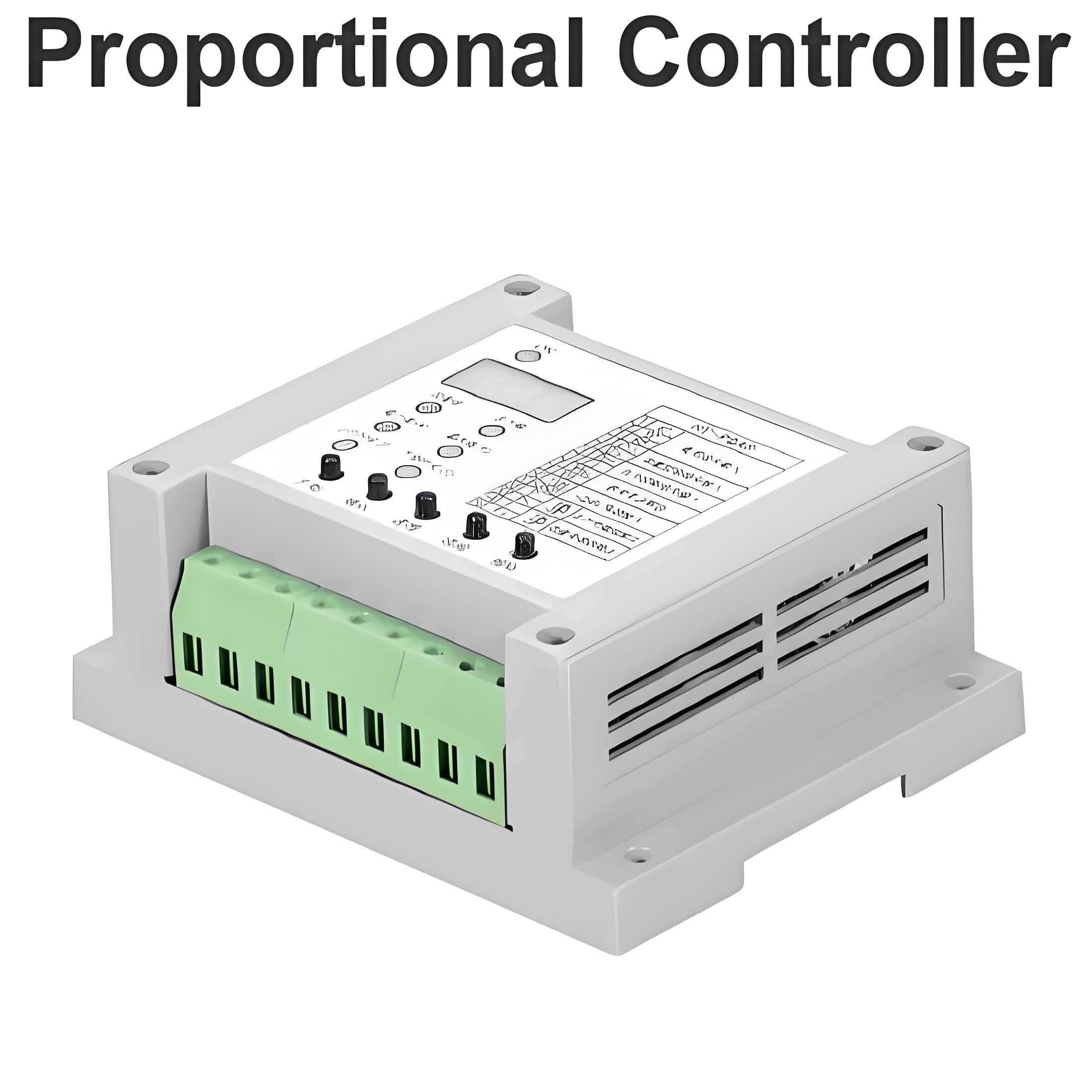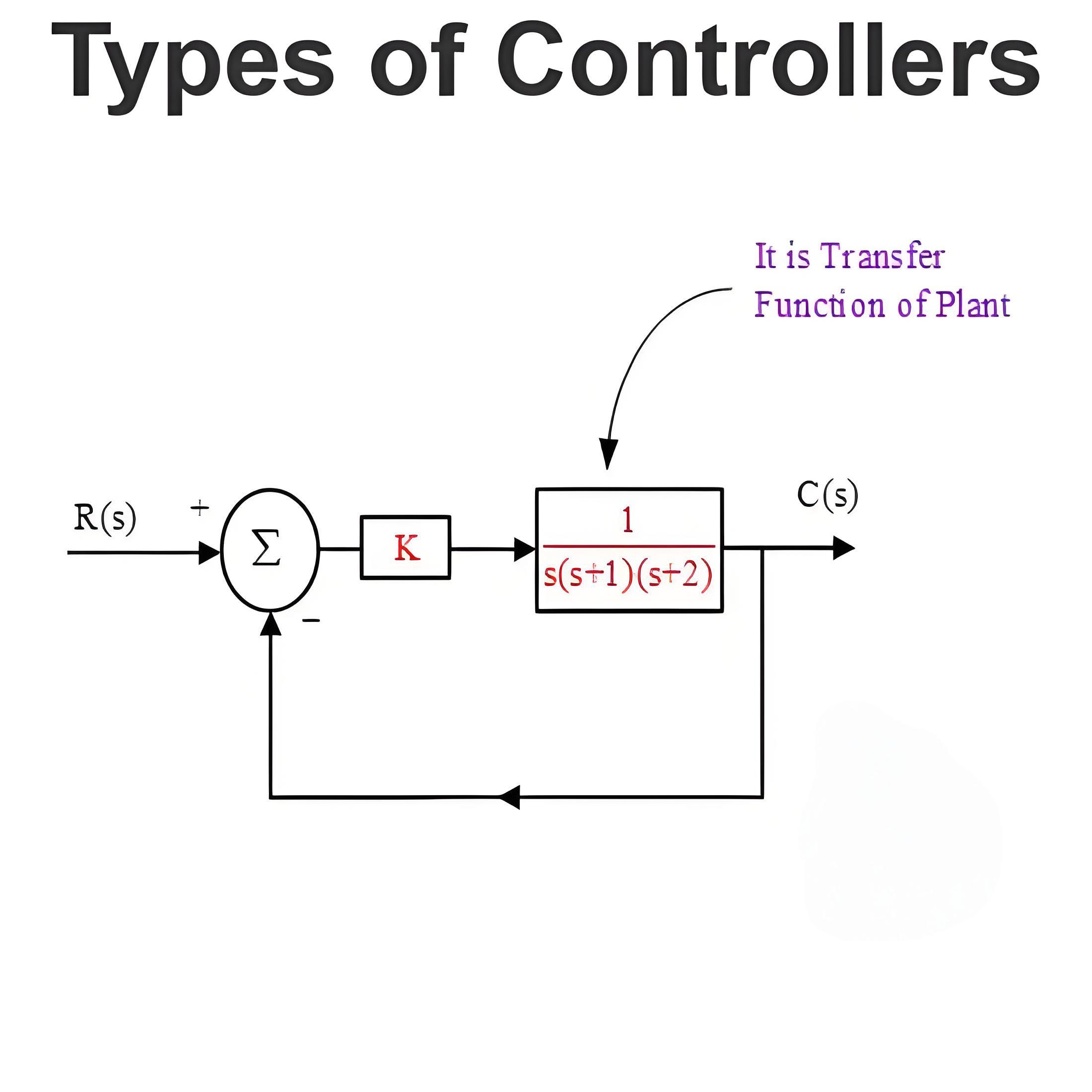Construction of a Shunt Reactor
Shunt Reactor Definition
A shunt reactor is used to neutralize excess capacitive reactive power on long electrical transmission lines.
Core of Shunt Reactor
Shunt reactors typically use a gapped core, built from Cold Rolled Grain Oriented Silicon Steel to cut down on hysteresis losses. The steel sheets are laminated to lessen eddy current losses. Radial gaps, placed by high electrical modulus spacers between lamination packets, enhance efficiency. Typically, a 5-limb, 3-phase core structure in a shell form is employed, where only the three inner limbs are gapped.
Winding of Shunt Reactor
There is nothing special about winding of a reactor. This is mainly made of copper conductors. The conductors are paper insulated. Insulated spacers are provided between turns to maintain the path for oil circulation. This arrangement helps for efficient cooling of the winding.
Cooling System of Reactor
The ONAN (Oil Natural Air Natural) cooling system, sufficient for even high-voltage shunt reactors due to their low current operation, employs a radiator bank linked to the main tank for enhanced cooling.
Tank of Reactor
For UHV and EHV systems, the main tank, often a bell tank type, is crafted from thick steel sheets welded together to endure both full vacuum and atmospheric pressure. These tanks are also designed for easy transport by road and rail.
Conservator of Reactor
Conservator is provided at the top of the tank with main tank to conservator connecting pipe line of suitable diameter. The conservator is generally horizontally aligned cylindrical tank, to provide adequate space to the oil for expansion due to temperature rise.
Flexible separator between air and oil or air cell is provided in the conservator for the said purpose. The conservator tank is also equipped with a magnetic oil gauge to monitor the oil level in the reactor. The magnetic oil gauge also gives an alarm through a normally open (NO) DC contact, attached to it when oil level falls below a preset level due to oil leakage or any other reason.

Pressure Relief Device
Due to huge fault inside the reactor there may be sudden and excessive expansion of oil inside the tank. This huge oil pressure generated in the reactor should be released immediately along with separation of the reactor from the live power system.
Pressure Relief Device does the job. This is a spring loaded mechanical device. This is fitted on the roof of the main tank. At the event of actuation, the upward pressure of the oil in tank becomes greater than the downward spring pressure, as a result there will be an opening in the valve disc of the device through which the expanded oil comes out to relief the pressure formed inside the tank.
There is a mechanical lever attached to the device which is normally in horizontal position. When the device is actuated, this lever becomes vertical. By observing the alignment of the lever even from ground level one can predict whether the Pressure Relief Device (PRD) has been operated or not. The PRD is accompanied with a trip contact to trip the shunt reactor at the event of actuation of the device.
N B: – PRD or such type of device cannot be reset from remote once it actuated. It can only be reset manually by moving the lever to its original horizontal position.
Buchholz Relay
One Buchholz relay is fitted across the pipe connecting the conservator tank and main tank. This device collects gases generated in the oil and actuates the alarm contact attached to it. It has also a trip contact which is actuated at the event of sudden accumulation of gas in the device or rapid flow of oil (oil surge) through the device.
Silica Gel Breather
When oil becomes hot, it is expanded thus air from conservator or air shell (where air shell is used) comes out. But during contraction oil, air from the atmosphere enters into conservator or air shell (where air shell is used). This process is called breathing of the oil immersed equipment (like transformer or reactor).
During breathing, obviously moisture can enter into the equipment if it is not taken care of. An pipe from conservator tank or air shell is fitted with a container filled with silica gel crystal. When air is passed through it, the moisture is absorbed by the silica gel.
Winding Temperature Indicator
Winding temperature indicator is a kind of indicating meter associated with a relay. This consists of a sensor bulb placed in an oil filled pocket on the roof of reactor tank. There are two capillary tubes between sensor bulb and the instrument housing.
One capillary tube is connected to the measuring bellow of the instrument. Other capillary tube connected to the compensating bellow fitted in the instrument. The measuring system, i.e. sensor bulb, both capillary tubes and both bellows are filled with a liquid which changes its volume when temperature changes.
The pocket in which the sensor bulb is immersed, is surrounded by a heating coil which is fed by a current proportional to the current flowing through the winding of reactor. Gravity operated NO contacts are attached to the pointer system of the instrument to provider high temperature alarm and trip respectively.
Oil Temperature Indicator
The oil temperature indicator, featuring a sensor bulb in an oil-filled pocket at the reactor tank’s hottest point, uses two capillary tubes to link the sensor with the instrument’s measuring and compensating bellows. These components are filled with a liquid that expands or contracts with temperature changes, providing accurate temperature readings.
Bushing
The winding terminals of each phase comes out from the reactor boy through an insulated bushing arrangement. In high voltage shunt reactor, the bushings are oil filled. The oil is sealed inside the bushing that means there is no link between the oil inside the bushing and oil inside the main tank. Oil level gauge is provided on the expansion chamber of the condenser bushings.
Welcome to our electricity community! Established to facilitate the exchange and cooperation in the electricity industry and bridge professionals, enthusiasts, and related enterprises.





